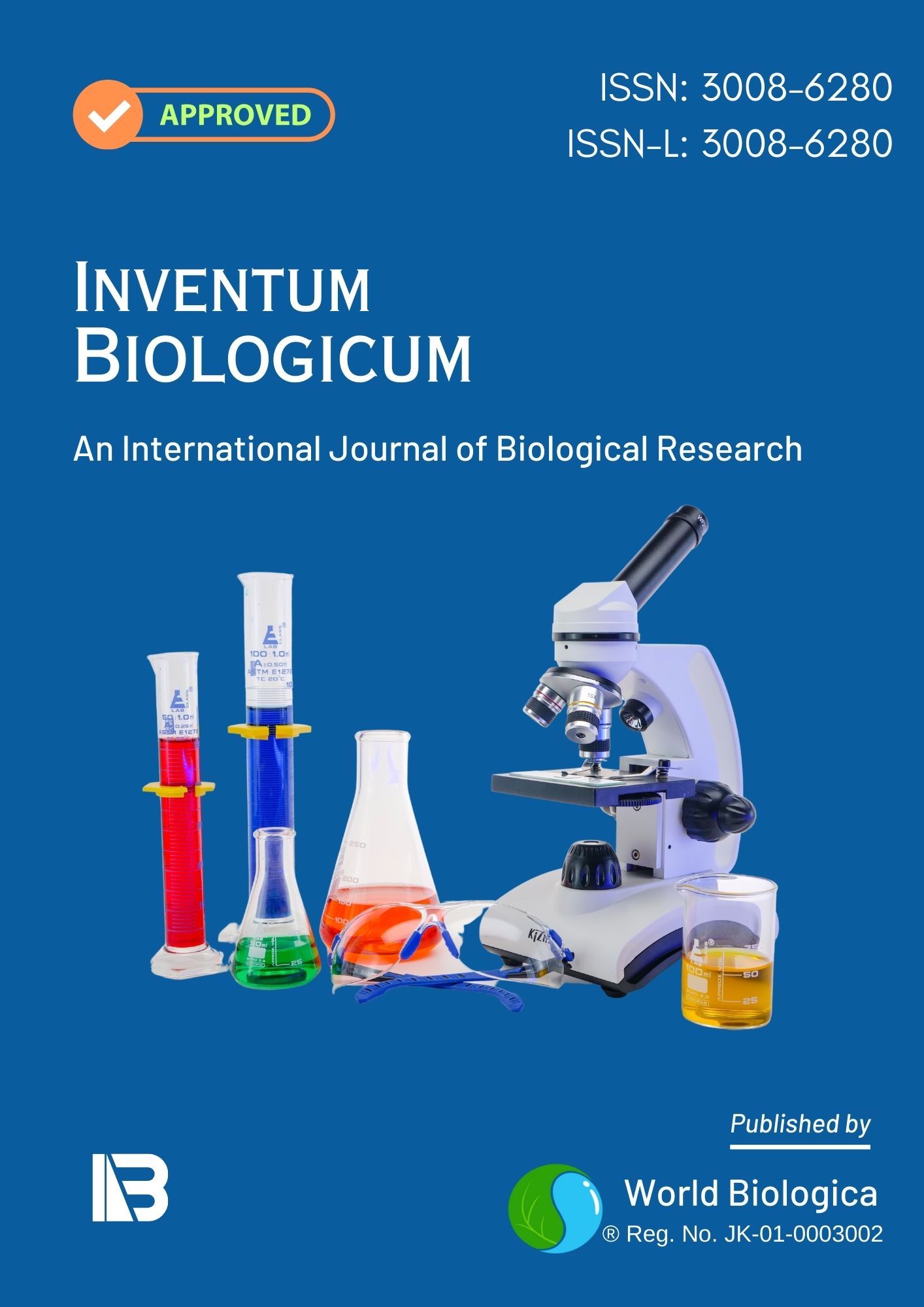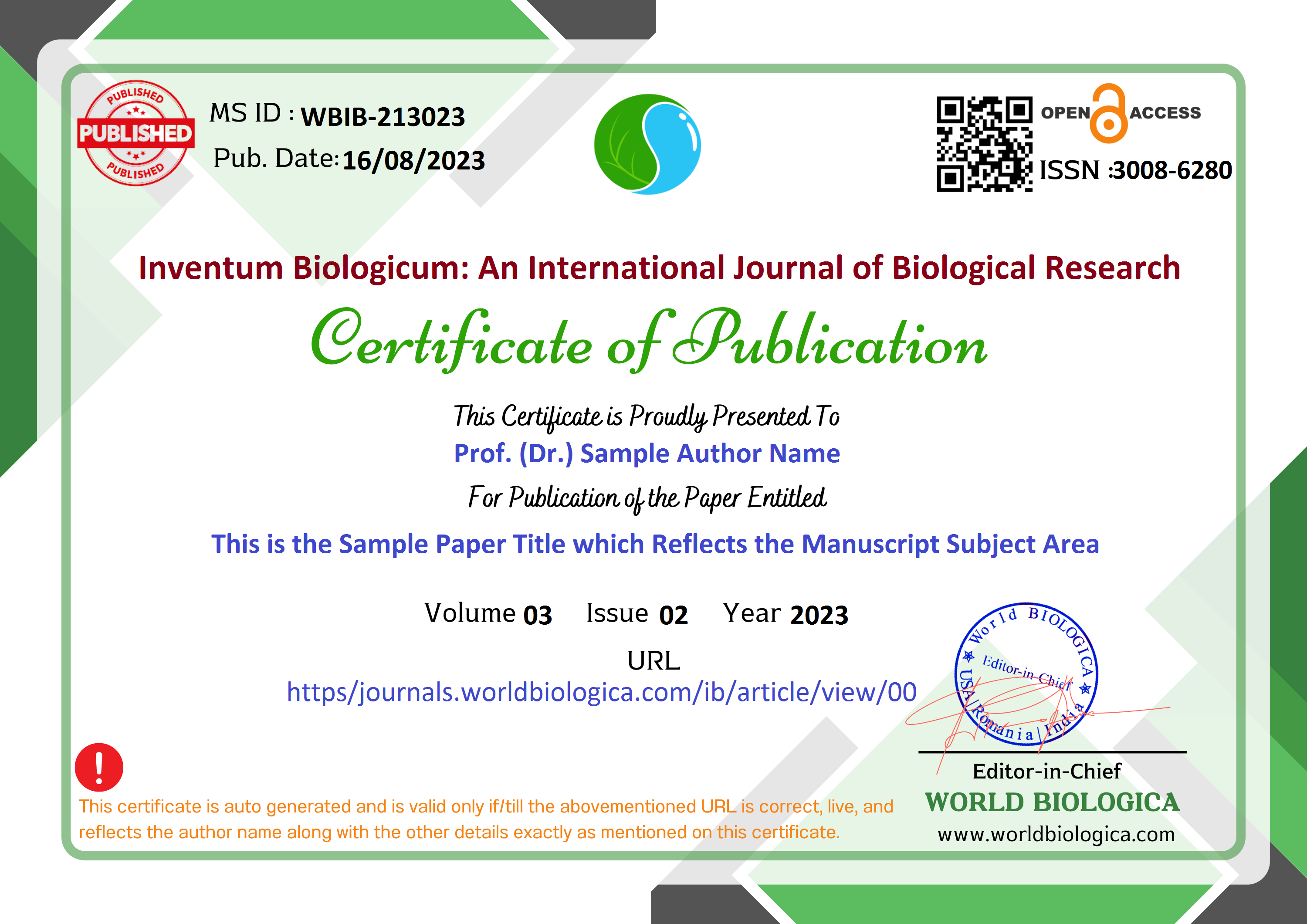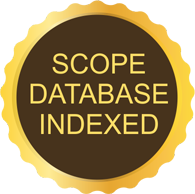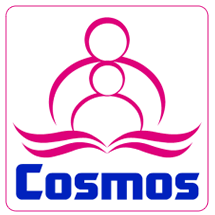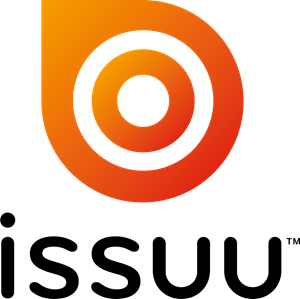Comparative Treatment of Municipal Sewage from Shivangar STP, Davangere, Using two Plant Species in Constructed Wetlands
Keywords:
Vertical flow constructed wetland, Municipal sewage influent, C. indica, T. latifolia, Hydraulic retention timeAbstract
This work examines the efficacy of artificial wetlands with vertical flow, planted with C. indica and T. latifolia, in treating influent municipal sewage. Water quality measures, such as pH, TSS, TDS, DO, BOD, COD, nitrates and phosphates, were observed for a duration of 28 days. pH was 7.1, TSS removal efficiency was 72%, DO was 5.1 mg/l, TDS reduction was 70%, BOD removal was 75%, COD reduction was 57.24%, nitrate removal was 54%, and phosphate removal was 39% for C. indica. While T.latifolia showed a pH of 7.3, an efficiency of 67% in removing TSS, a DO of 5.4 mg/l, a reduction of 62.24% in TDS, a removal of 71% in BOD, a reduction of 63% in COD, a removal of 46% in nitrate, and a 50% removal of phosphate, the results were comparable. The study finds that in VFCW, both plant types significantly enhance water quality.
Downloads
References
Badhe N, Saha S, Biswas R, Nandy T (2014) Role of the algal bio film in improving the performance of free surface, up flow constructed wetland. Bioresour Technol 169:596– 604
Chen Y, Wen Y, Zhou Q, Vymazal J (2014) Effects of the plant biomass on denitrifying genes in sub surface flow CW. Bioresour Technol 157:341–345
Denny P (1997) Implementation of CWs in the developing countries. Water Sci Technol 35:27–34
Gleick P (2004) The world’s water, 2004–2005. The biennial report on freshwater resources. Island Press, Washington, DC, p 362.
Gleick P (2006) The world’s water (2008-2009) the biennial report on the freshwater resources. Island Press, Washington, DC, pp 171–176.
Holding Company for Water and WW Report (2012) 1st Egyptian-German work- shop, Cairo University. 1–3 Feb
Kivaisi A K (2001) The potential for the CWs for WW treatment and reusing developing countries: a review. Ecol Eng 16(4):545–560
Li Y, Zhu G, Ng WJ, Tan SK (2014) A review on the removing pharmaceutical contaminants from WW by CWs: design, performance and the mechanism. Sci Total Environ 468:908–932
Rai UN, Tripathi RD, Singh NK, Upadhyay AK, Dwivedi S, Shukla MK, Nautical CS (2013) CWs an ecotechnological tool for pollution treatment for conservation of the Ganga river. Bioresour Technol148:535–541
Trang NTD, Brix H (2014) Use of planted bio filters in the integrated recirculating aquaculture hydroponics systems in the Mekong Delta, Vietnam. Aquacult Res 45(3):460– 469
Villa JA, Mitsch WJ, Song K, Miao S (2014) Contribution of different wetland plant species to the DOC exported from a mesocosm experiment in the Florida Everglades. Ecol Eng 71:118–125.
Water UN (2008) Trans boundary waters: sharing benefits, sharing responsibilities. Thematic Paper. http://www.Unwater.Org/downloads/UNW–TRANSBOUNDAR
World Health Organization (2005) Water for life, making it happen. WHOUNICEF924 (5):156–293
Wu H, Zhang J, Li C, Fan J, ZouY (2013) Mass balance study on the phosphorus removal in CW microcosms treating polluted river water. Clean the Soil Air Water 41 (9):844–850
Wu S, Kuschk P, Brix H, Vymazal J, Dong R (2014) Development of the CWs in performance intensifications for the WW treatment: a nitrogen and organic matter targeted review. Water Res 57:40–55
Downloads
-
Download PDF
 Abstract Views: 45,
Abstract Views: 45,  Download PDF: 58
Download PDF: 58
Published
How to Cite
Issue
Section
License
Copyright (c) 2024 Inventum Biologicum: An International Journal of Biological Research

This work is licensed under a Creative Commons Attribution-NonCommercial-NoDerivatives 4.0 International License.


